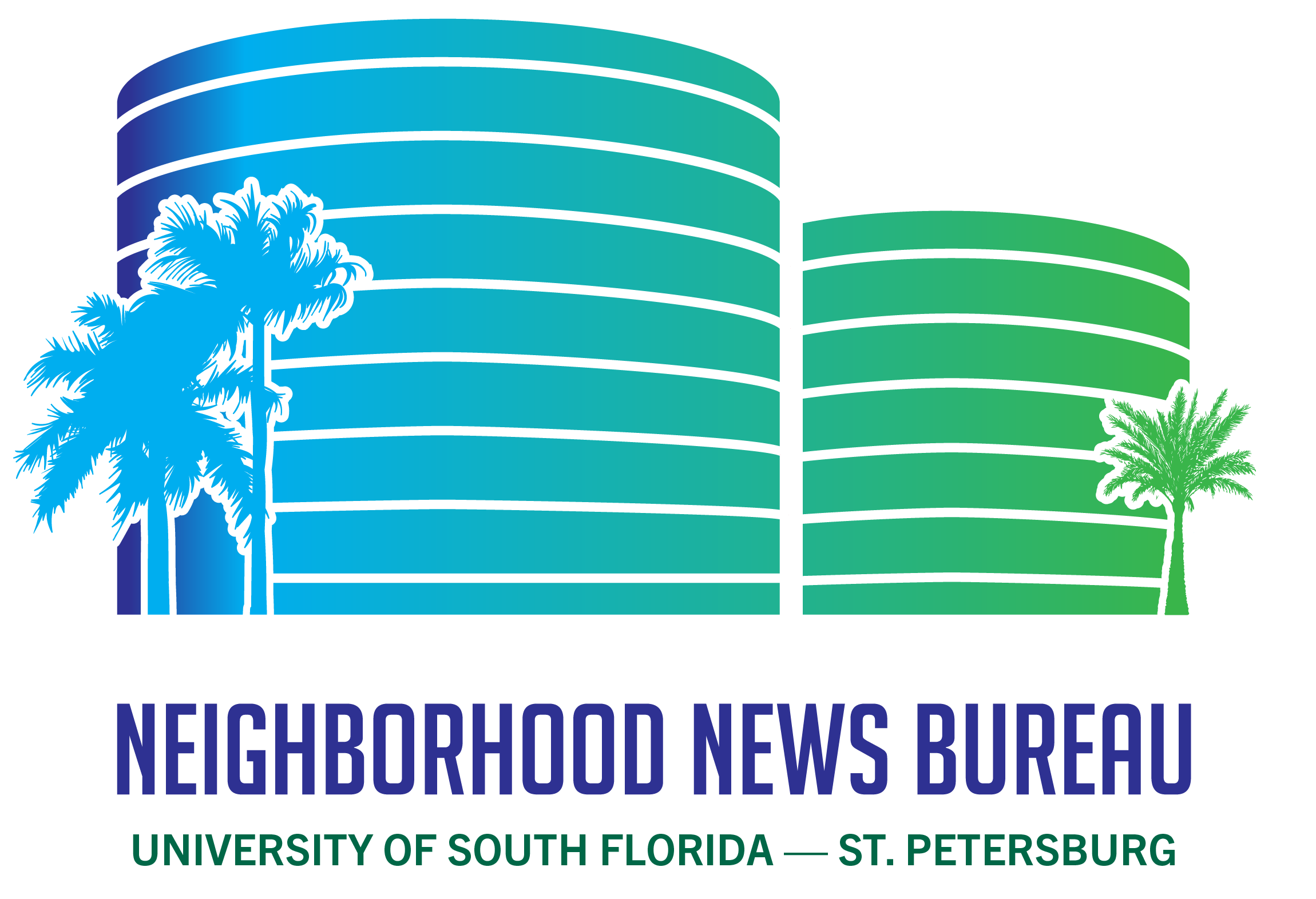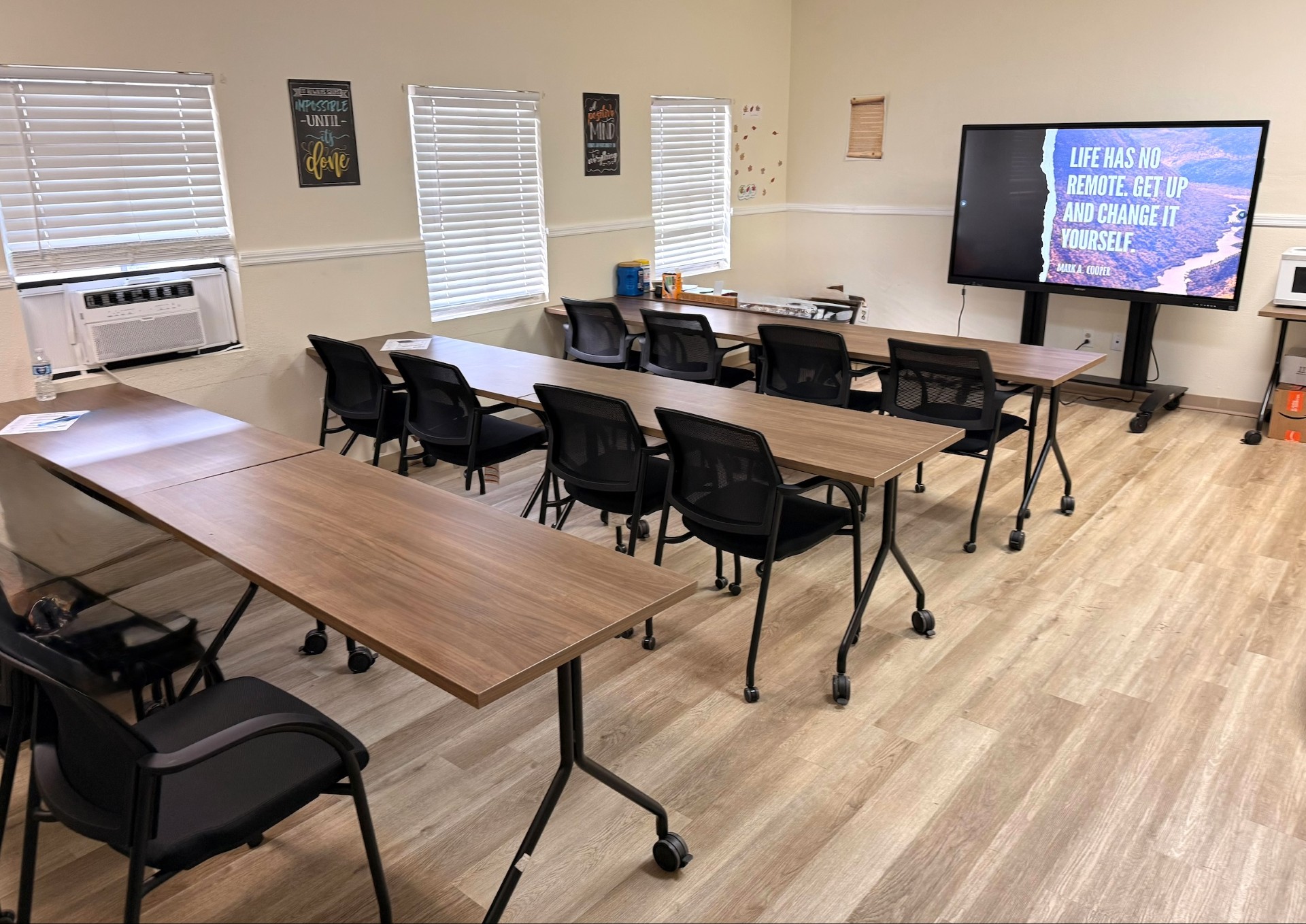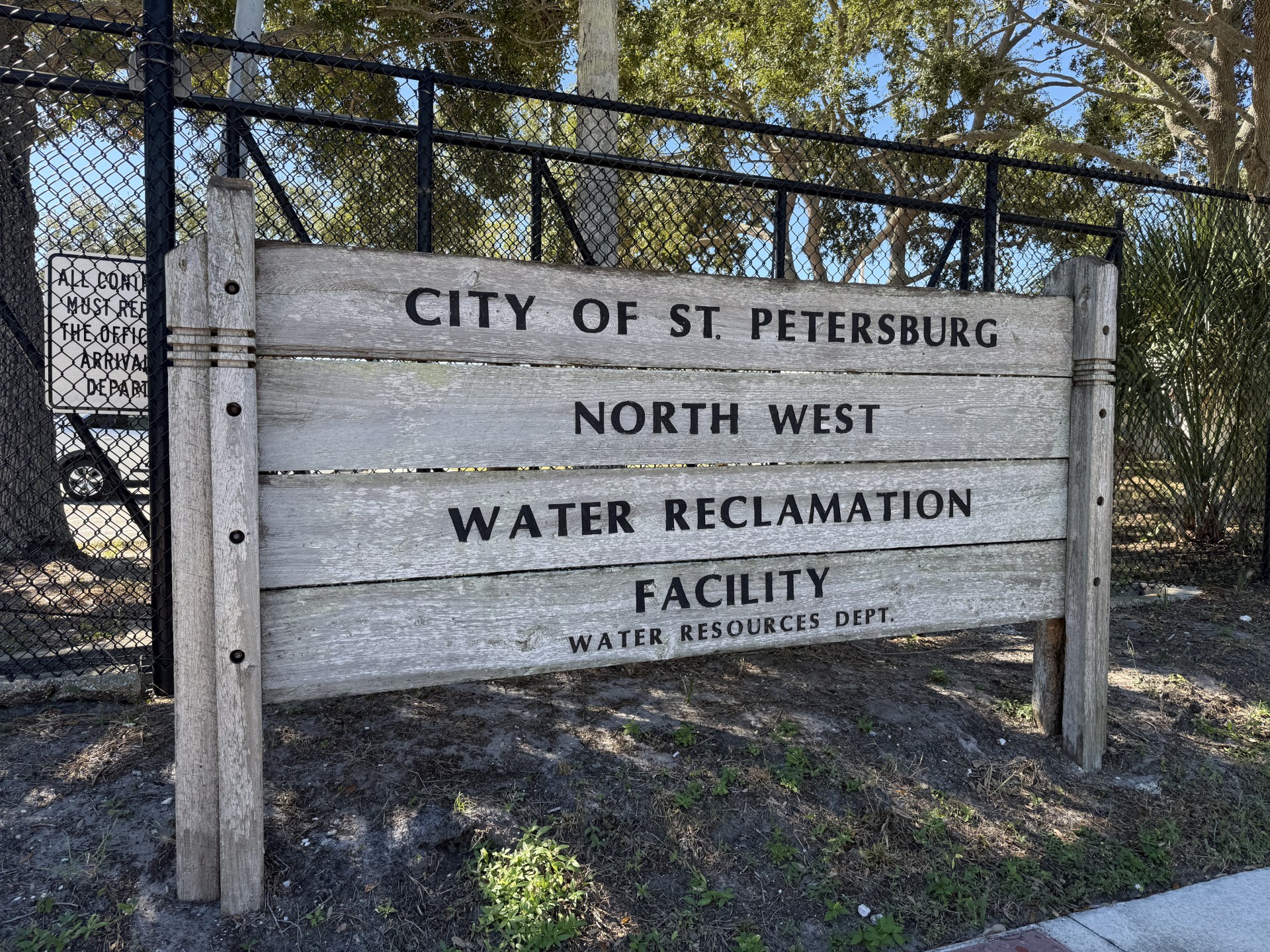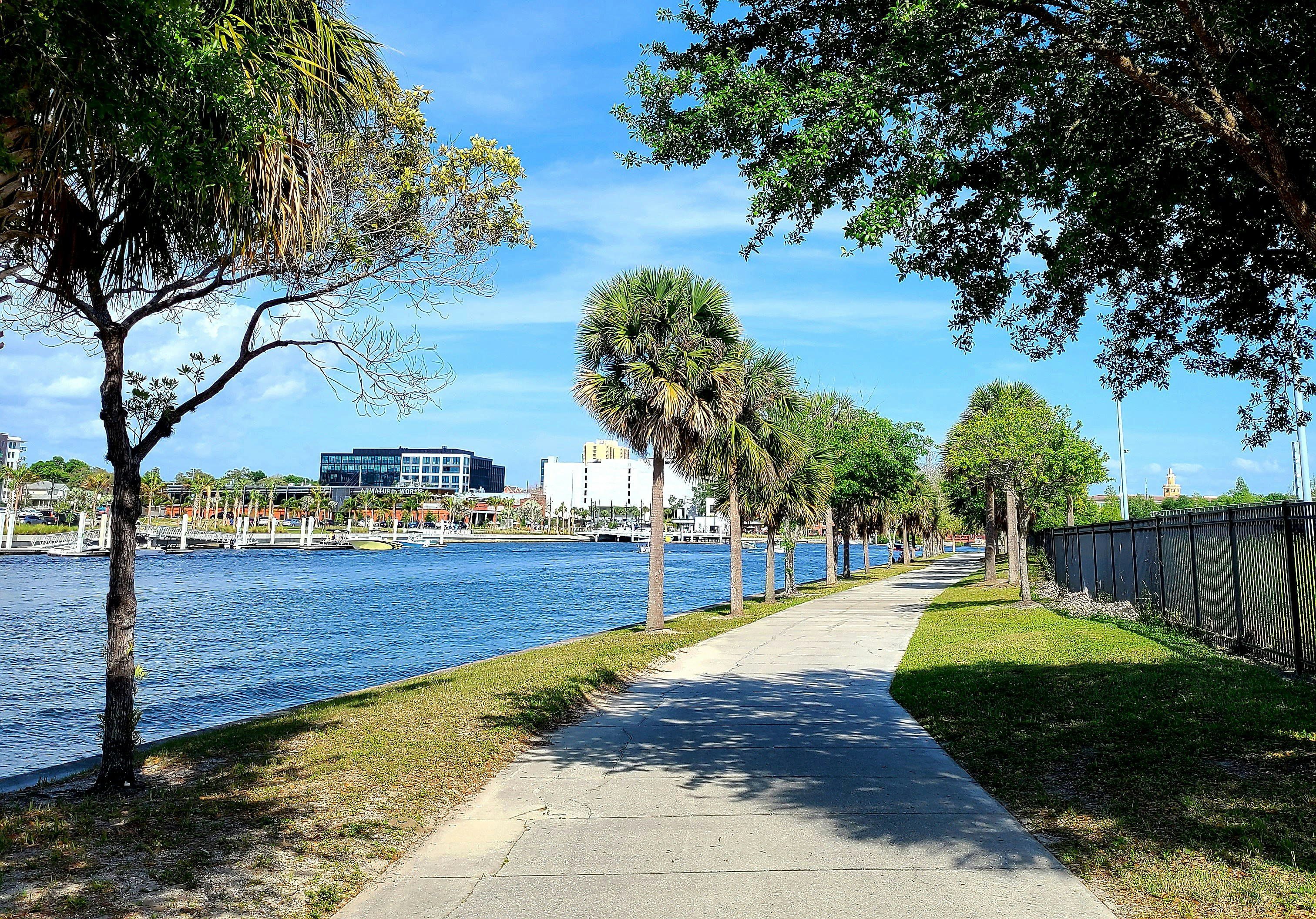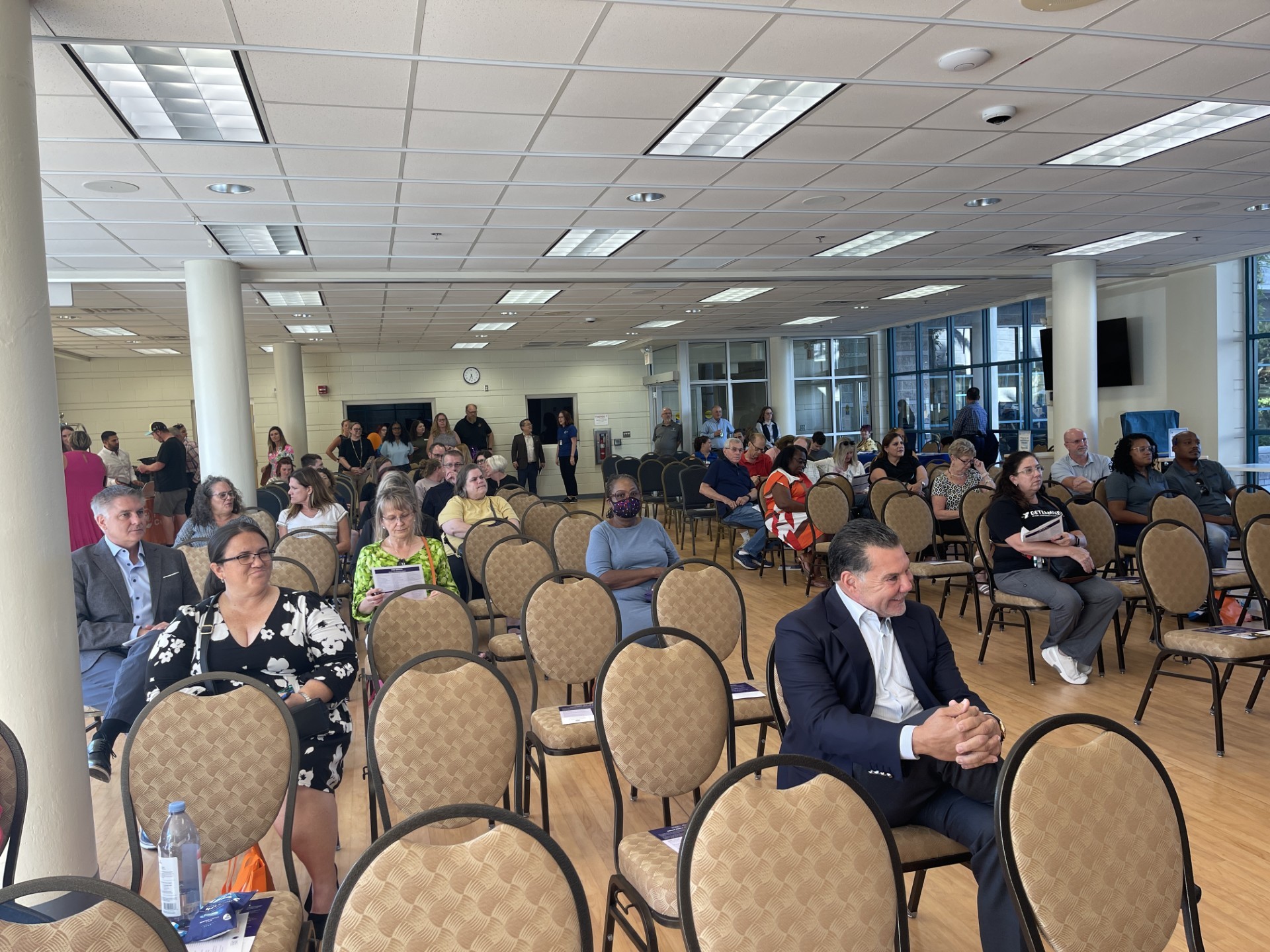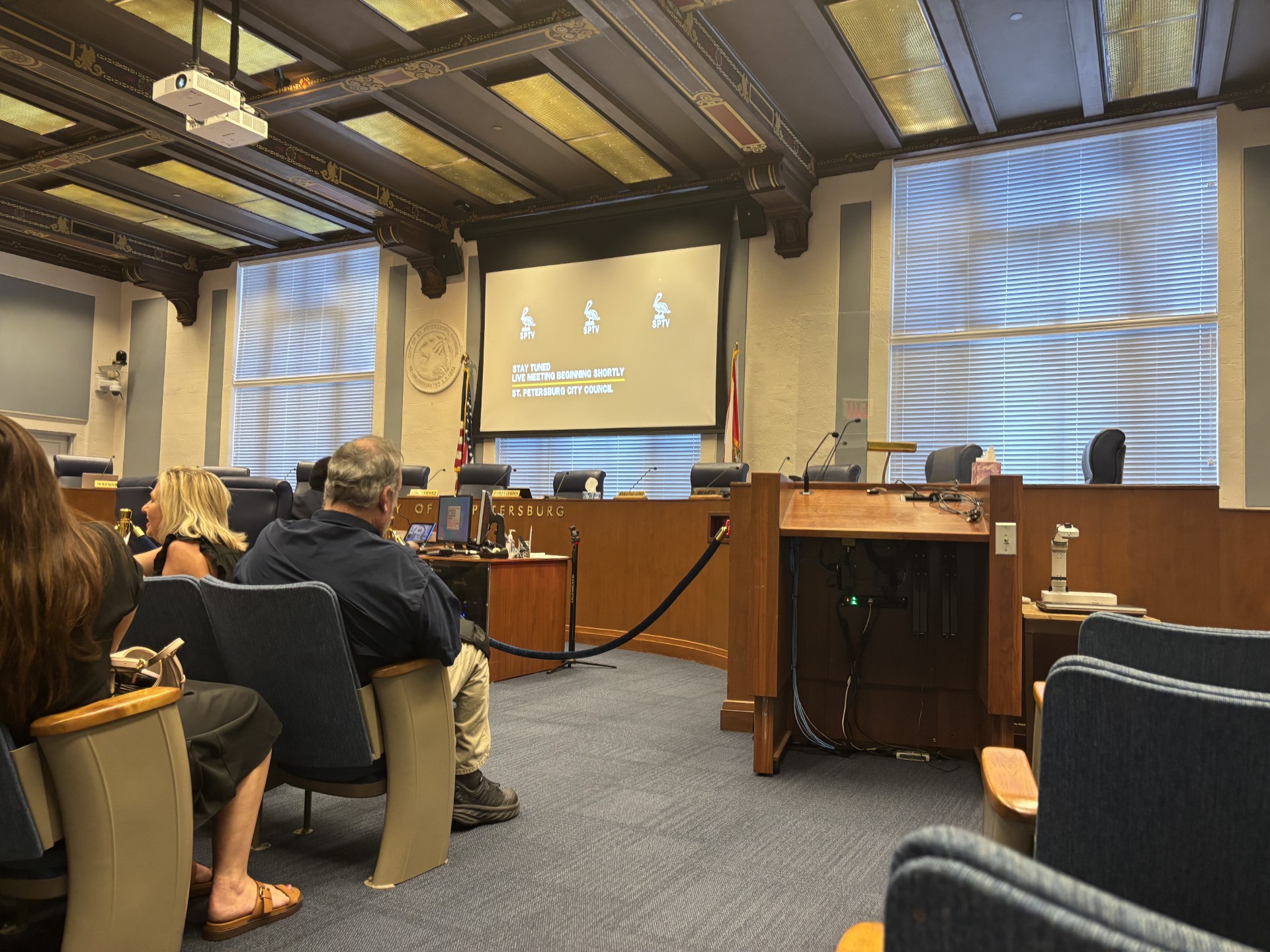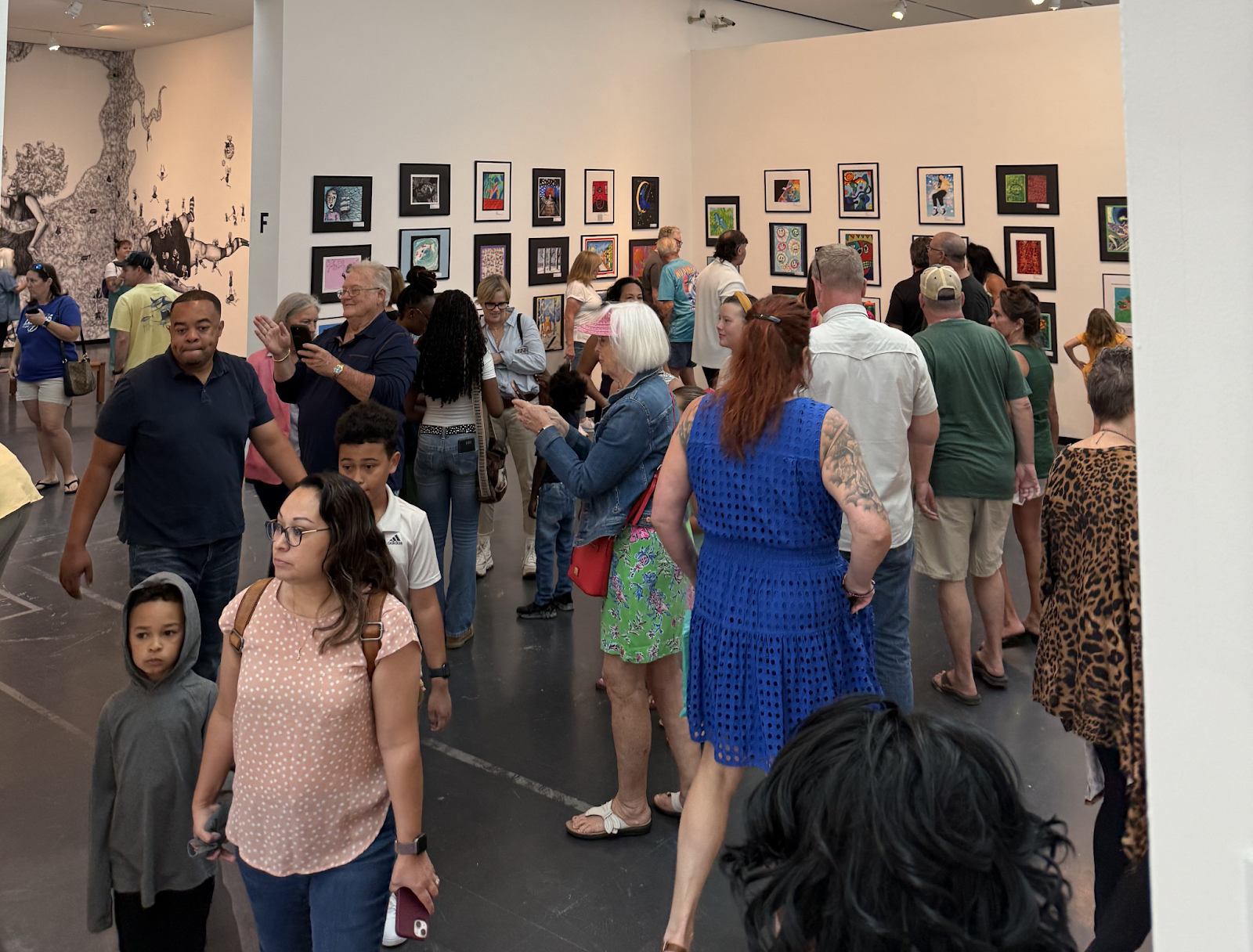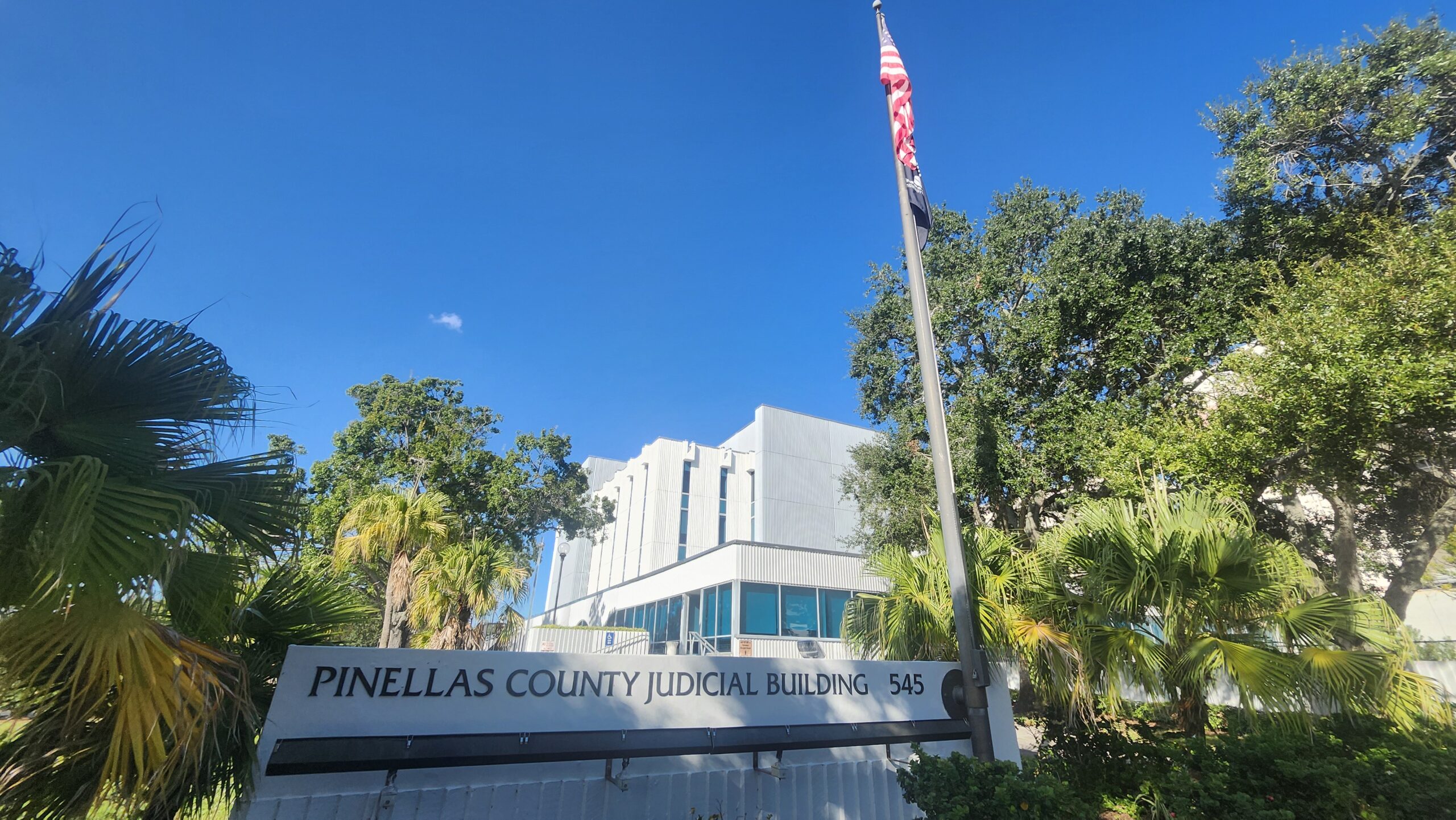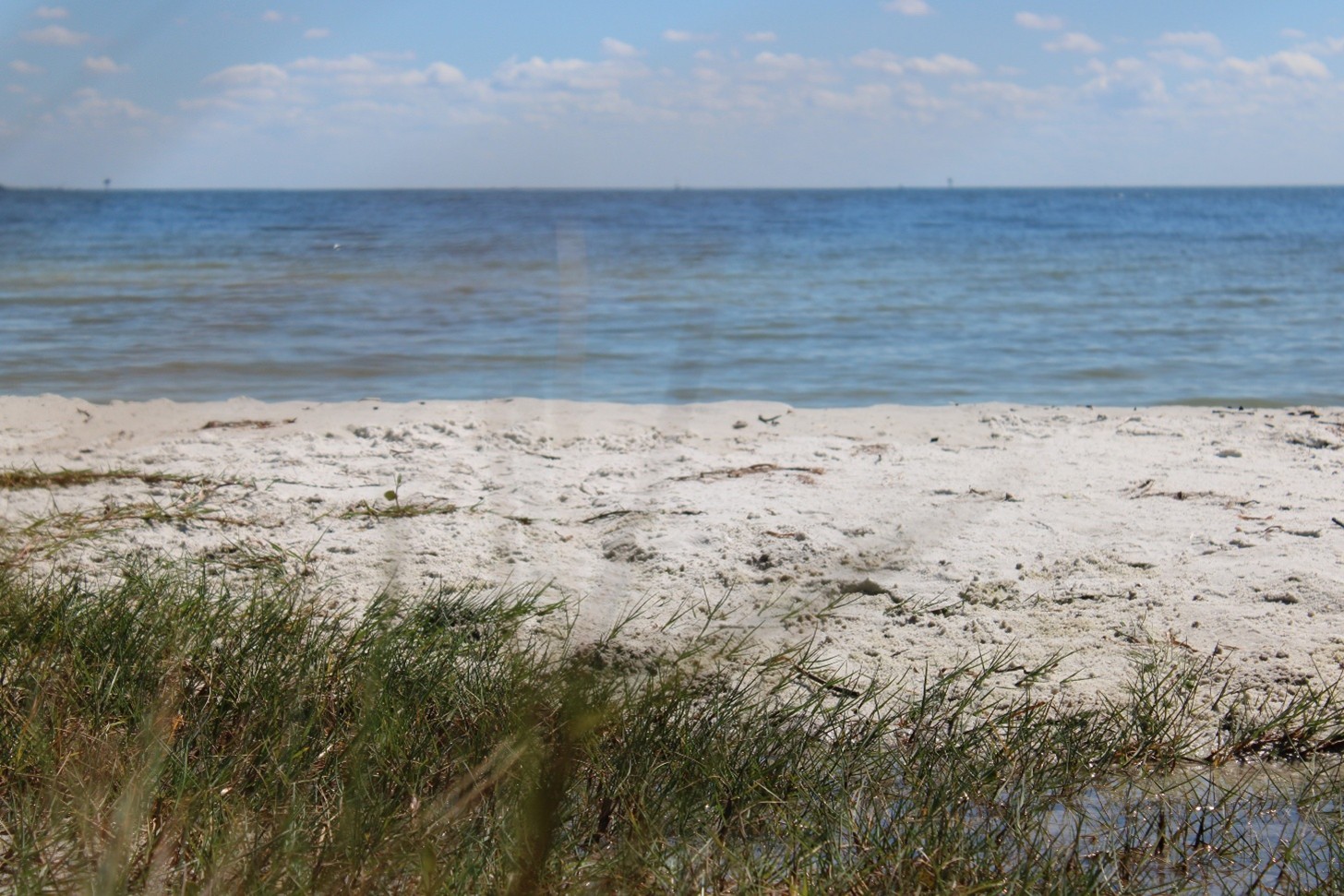By Abigail Buehler Across Pinellas County, a quiet movement is reshaping the environment one cleanup at a time. Through community engagement and education, Keep Pinellas
Read MoreAuthor: April Borjon
Formerly incarcerated individuals are offered a second chance in St. Pete
By Emilie Bell and Tori Foltz The recidivism rate in Florida—that is, reoffending citizens returning to jail or prison—is the fifth lowest in the country.
Read MoreSt. Petersburg reevaluates after storm-induced sewage spills
By Emilie Bell and Tori Foltz The City of St. Petersburg’s 70-year-old wastewater facilities struggled during Hurricanes Helene and Milton, as water inundated underground pipes
Read MoreTampa seeks to raise long-stagnant transport impact fee
By Chase McCann The Tampa City Council held the first of two public workshops to discuss a potential increase to the multimodal transportation impact fee,
Read MoreFlorida’s new care program helps waitlisted disabled individuals
By Jordon Pfeiffer On Sept. 24 at The Arc Tampa Bay in Clearwater, the Florida Agency for Health Care Administration held a town hall to
Read MoreCity council approves grant to fund healthy snacks for local youth
By Sofia Modica The St. Petersburg City Council unanimously accepted a $262,000 grant from the Florida Department of Health to fund healthy snacks for children
Read MoreCounty cuts funding for Creative Pinellas, artists seek solutions
By Delaney Taber On Sept. 18, Pinellas County’s decision to cut more than $1 million in funding for Creative Pinellas put local arts programs and
Read MoreYbor advisory committee targets housing, safety and parking concerns
By Zach Sherman Ybor City is Tampa’s oldest district and a popular destination for entertainment. Ybor’s workers and residents face challenges that the Ybor City
Read MorePinellas opens $813 million disaster recovery program
By Miguel Rios On Sept. 18, Pinellas County commissioners passed a $813 million federal grant disaster recovery program, set to launch this October. This followed
Read MorePinellas County begins renourishing beaches without federal aid
By Jasmin Parrado For the first time in almost seven years, Pinellas County began efforts this fall to renourish beaches eroded by an intense hurricane
Read More